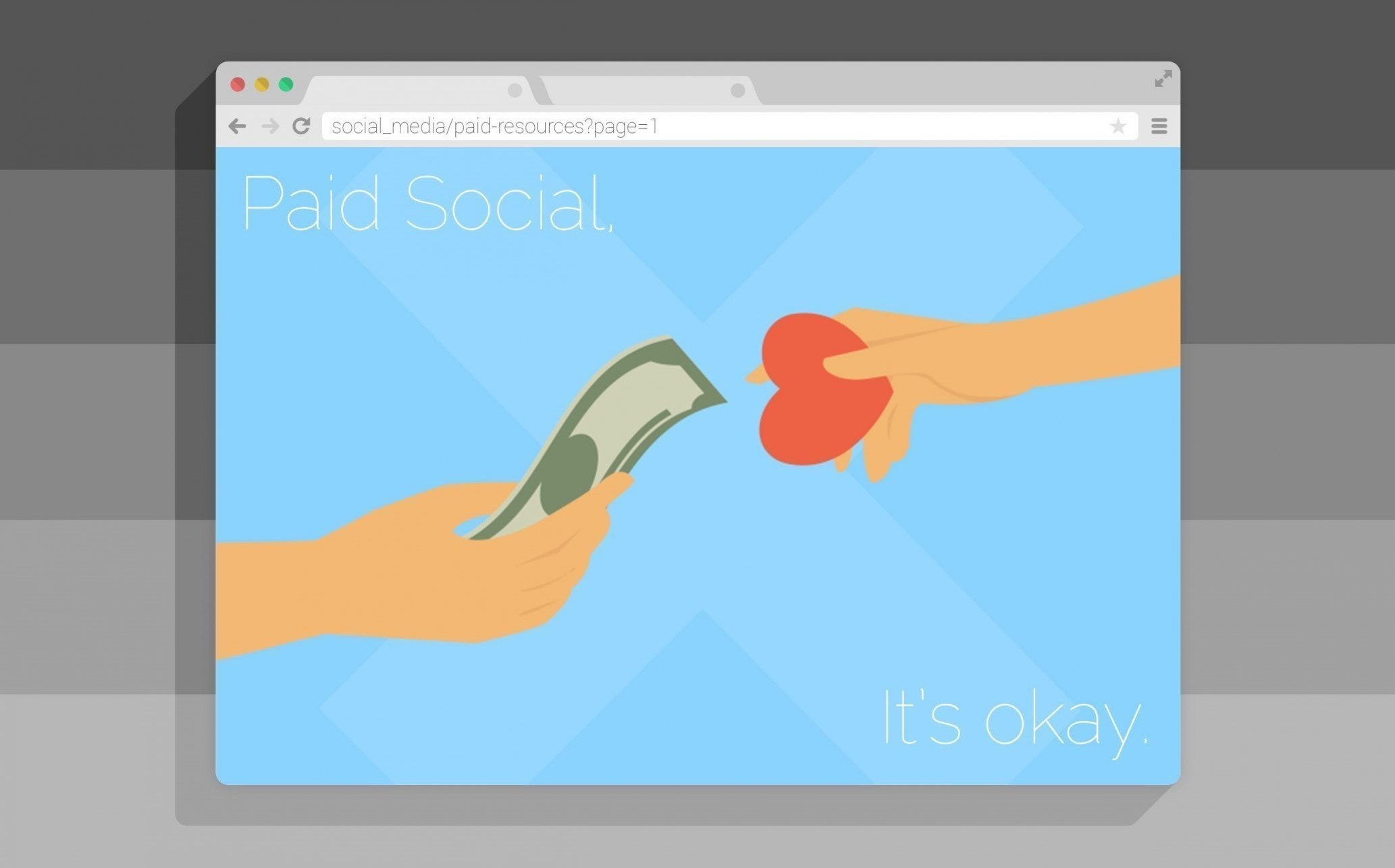Maybe it’s because so many social media pros transitioned from public relations, but there’s a pervasive mindset that paid social is, well, a little dirty. Let’s be frank. Marketing content on social is still advertising. It’s not sex. It’s totally okay to pay for it. And once you let go of your inhibitions, paid social can provide results worth getting hot and bothered over.
Even if you’ve been utilizing paid social for a while, it’s a good time to take a fresh look at new possibilities. Changing things up can keep things fresh; what worked last year won’t necessarily do the trick now.
Several social networks have recently rolled out new features, or plan to soon, making it a great time to revisit your playbook for promoted social posts.
- Pinterest just announced promoted pins will be made available to all businesses, following a successful beta.
- Twitter just launched Quick Promote for SMBs
- LinkedIn reports rapid growth for sponsored updates over the past year.
- We’ve already written about Facebook’s new Call-to-Action button on pages, and it’s still a relatively new feature for their ad platform.
Here are some things to keep in mind as you consider trying out something new in paid social.
Facebook - Call-to-Action Buttons
When:
If you’re trying to get an immediate reaction, like downloading a white paper, installing an app or game, or playing a video.
Why:
Let’s face it. There’s a lot of clutter on Facebook. While the on-page CTA button is underwhelming, the on-post version is pretty smart. If you’ve got an attention-getting image, the clarity of the CTA button might take your performance from “okay” to “awesome!”
Why not:
You’re going for a direct conversion, but it’s a traditional e-commerce sale with a limited-time or limited-number discount or coupon. Facebook’s “Offers” feature is an updated version of their deprecated “Deals.” It’s the better choice in this instance.
How:
You’ll need to go into the Ad Manager to set up a CTA campaign. The “Call To Action Button” is part of the ad creative section, after the Headline and Text fields. You’ll have to choose one from a drop-down menu.
Twitter - Quick Promote
When:
Your social media manager notices a Tweet is generating more retweets, favorites and replies than usual.
Why:
You’ve struck a chord, and you want to get maximum mileage out of the moment. This is really about making small, opportunistic buys that push organic content that’s already doing well towards a viral tipping point.
Why Not:
Quick Promote doesn’t give you the control over targeting and objectives you’d get by setting up a campaign from the ad dashboard. So if you need granular targeting control or are setting up a long-term play, you’re better off going through the ad dashboard.
How:
If you’re already set up on Twitter’s ad platform, you can Quick Promote a post from your Twitter home dashboard. If you use a third-party tool to manage social media, this means you’ll have to log into Twitter directly. But it’s still much more agile than the alternative, and with Twitter’s notoriously short attention span, a few minutes can make a difference.
LinkedIn - Sponsored Updates
When:
As a targeted distribution channel for your B2B content. You’ve invested time and effort coming up with unique, useful content. But you don’t have a huge following — yet.
Why:
You probably don’t have a ton of followers, and the followers you have probably want a job. Sponsored Updates are an efficient way to get that sexy business content in front of actual prospective leads. It’s a perfect match.
Why Not:
If the content you’re promoting is simply your latest blog post, or if your LinkedIn strategy is positioning your key staff as thought leaders, you’d be better off using the LinkedIn publishing platform. It’s now available to all users.
How:
You’ll use the LinkedIn Ad Dashboard, and either sponsor an existing post or create a “direct sponsored post.” Select your target audience, budget and timeframe, and you’re good to go. As a form of native advertising, sponsored updates perform much better than the old LinkedIn ads did.
Paying for social reach doesn’t mean you don’t believe in your content’s value. It’s putting your money where your mouth is by investing in that value. Social media is a potentially powerful distribution channel, and great content is meant to seduce your audience. The only way to make that love connection is to put yourself out there in a big way.

